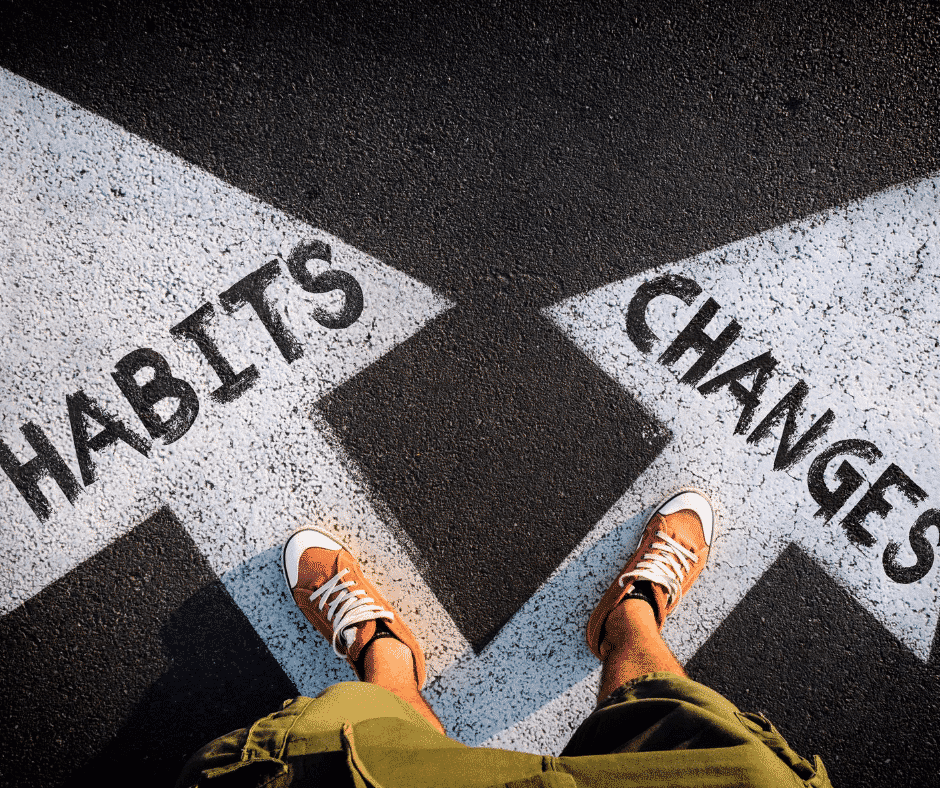Marijuana is a psychoactive drug that comes from the plant cannabis sativa. The chemical tetrahydrocannabinol, or THC, is what gives the feeling of being “high” and can stay in the body for several days. In many states within the US, marijuana has become legalized alongside the growing global market value expected to reach $31.4 billion by 2021.
Despite its legality in some areas, it still is a substance associated with addictive behavior. Not all cannabis strains are equal to one another either. Depending on the strain it can impact how a person reacts and behaves while under the influence of marijuana.
Marijuana is medically associated with treating chronic pain, anxiety, and epilepsy. NIDA estimated that 30% of regular marijuana users develop an addiction. The drug is called a number of names including cannabis, weed, pot, mary jane, ganja, dope, grass, and reefer. If it is laced with other drugs, it is recognized as a different name depending on the substance mix.
While marijuana is growing in popularity among adults, there is a darker side to its use within the United States. With strains that have higher THC percentage, to the growing recreational use and legality, marijuana has become more accessible to users. Without proper drug abuse help or monitoring, it can lead to potentially serious side effects.

What Happens When You Smoke or Ingest Marijuana
THC is recognized as the primary factor of the mind-altering aspect of cannabis. It is processed in various parts of the body, including the heart, brain, and body tissues. THC is stored in body tissues and then released back into the bloodstream where the liver metabolizes it.
For chronic users, the body stores THC faster in the body tissue than it can get rid of. This can lead to heavy smokers storing THC longer in their body before it is released.
Effects of using marijuana include:
- Altered senses
- Sense of time distortion
- Impaired coordination
- Problems with concentration
- Inability to problem solve
- Issues remembering things
- Mood swings
- Fear
- Paranoia
- Hallucinations
- Delusions
- Increased appetite
The effects greatly depend on the type of strain and the amount consumed. While in some cases there are mild effects, there are cases of more severe reactions that can put someone at a higher risk of hurting themselves or triggering other co-occurring disorders. If you or someone you know may be at risk, contact addiction help services.
What Effects How Long Marijuana Stays In Your System
There are several factors that can influence how long marijuana stays in your system. Those factors determine detectability and levels of feeling under the influence either from smoking or ingesting marijuana.
THC Levels
Different strains of marijuana have varying THC levels. The amount of THC within the amount smoked or ingested affects how long it stays within your body.
Body Fat
THC stores itself in body fat, which then releases itself. The more body fat you have, the slower it will release itself within the body. This means it will show up in your system for a longer period of time.
Hydration
Dehydration is linked to a higher concentration of THC, which means severe dehydration can impact a drug test.
Exercise
In a study assessing cannabis users and the impact of exercise, researchers found that exercise does have the ability to show higher concentrations of THC within the body. When increasing exercise amounts in regular cannabis users, the body released dormant THC from fat storage within the body. Leading to positive marijuana test results.
Metabolism
The faster your metabolism is, the quicker the THC passes through your body’s system. If you have a slow metabolism, THC may show in test results up to several days after use.
Length of Time From Last Use
Marijuana can linger in the fat reserves and tissues within your body, particularly for chronic users or those who have a higher BMI count. Due to its ability to store itself, results can show up positive several days after smoking or ingesting marijuana.
Frequency of Use
For frequent users, it may take up to 30 days for marijuana to leave your system. For infrequent users, it may only take up to 10 days.
Types of Tests for Marijuana Use
There are four types of tests that are commonly used to detect marijuana use.
Saliva Test
Saliva tests are often used for employment tests due to the fast turn around. Saliva can show a positive result anywhere from 24 hours to 72 hours after use.
Urine Test
Urine tests can show positive results from 3 to 30 days after initial use.
Blood Test
Blood tests are not commonly used for detecting THC. It can only be detected within three to four hours after use.
Hair Test
Hair tests can potentially show a false positive due to the oils in the skin. This can include someone who has only been around someone who was using marijuana. However, tests results from hair follicles can detect use up to 90 days after drug use.
What Are The Signs of a Marijuana Addiction?
While marijuana is regarded as an organic substance, it still has properties within it that can trigger addiction. Many states within the US have legalized marijuana, but not all states view it equally. The Mayo Clinic recognizes a few potential signs that marijuana may be an addictive drug in your life.
Potential signs include:
- Cravings for marijuana
- Higher tolerance for it, leading to higher consumed doses
- Hoarding or hiding the drug
- Using household expense money on drugs
- Taking more risks while under the influence
- Failed attempts to stop use
- A need to use the drug regularly
Marijuana addiction is nothing to be ashamed of or to react in anger towards when a family member is needing drug abuse help. By recognizing addiction as an illness, you can approach the situation with compassion and understanding.
Dependence and Overdosing
With the increased percentage of THC in marijuana, there has been an increase in dependence and the risk of overdosing. Dependence can show itself more subtly through the lack of ability to quit entirely, as well as saying no to social events because of the need to smoke. It also can lead to missing work, or avoiding responsibility entirely by consuming marijuana instead.
According to the CDC, edible marijuana products pose an increased risk with the amount of THC that can lead to accidental poisoning. Many users can be caught off guard or find effects lasting longer than they expected. It also has increased risk among children, who may accidentally mistake an edible for a treat. In some cases, this has led to hospitalization.
Diagnosis of Marijuana Addiction
Marijuana addiction is also referred to as marijuana use disorder and cannabis use disorder. Health professionals diagnose a marijuana addiction based on multiple factors that may be affecting an individual’s relation to addiction and drug use. In some cases it can be obvious behavior changes, for others it may be certain symptoms with use.
When looking for a “marijuana rehab near me” online, it is important to look for treatment centers that offer addiction help that is specific to the addiction. If you have been leaning on detox kits to pass an employment drug test, or are struggling in areas of your life because of marijuana use, there are resources available for you to receive help.
The Importance of Support In Getting Help
Social and clinical rehab work in conjunction with one another to help individuals overcome addictive behavior. By looking at the ways you can receive support, you can start creating a plan towards addiction recovery.
Be Aware of Triggers
One of the major parts of seeking life beyond addiction is being aware of the triggers you have. For some, smoking or ingesting marijuana is a coping mechanism that is counteracting other aspects of their life. If you are finding it hard to let go of your addiction, there may be links in your behavior to triggers that have become normalized in your life.
The best way to work through triggers is to talk with a licensed counselor that specializes in behavioral therapy. Behavioral therapy can help you recognize triggers and learn to actively choose to respond differently.
Many rehab centers offer behavioral therapy as an integral part of the recovery process. Look for centers near you that address trauma recovery and evidence-based treatment methods for a holistic approach to healing.
Recruit The Help of Trusted Friends and Family
When looking to break an addiction, it is important to recruit the support of those who care about you. From sober friends to trusted family members, chances are you have people in your life who are willing to support your journey in looking for sober help.
Talk with friends and family about potential treatment methods you are considering in helping your addiction. Addiction is about continual recovery, which means it does not just stop at the end of a treatment or detox process. Talk with a medical professional about potential long-term recovery plans and types of support you may be looking for.
Contact a Treatment Center
Look for a “marijuana rehab near me” to find the closest treatment center to where you live. A treatment center can help guide you through the process of your connection to addiction. From family relations to stressors at work or home, a certified professional can walk you through the steps to living without the dependence of marijuana.



